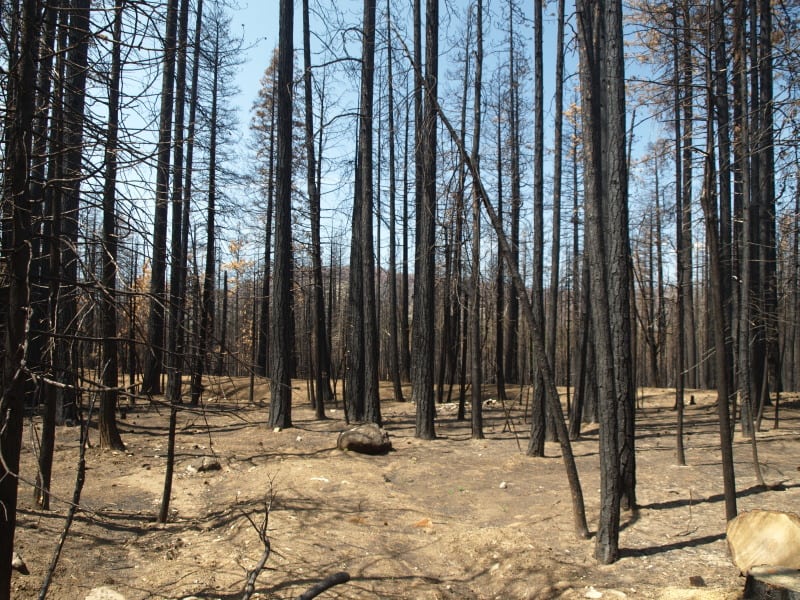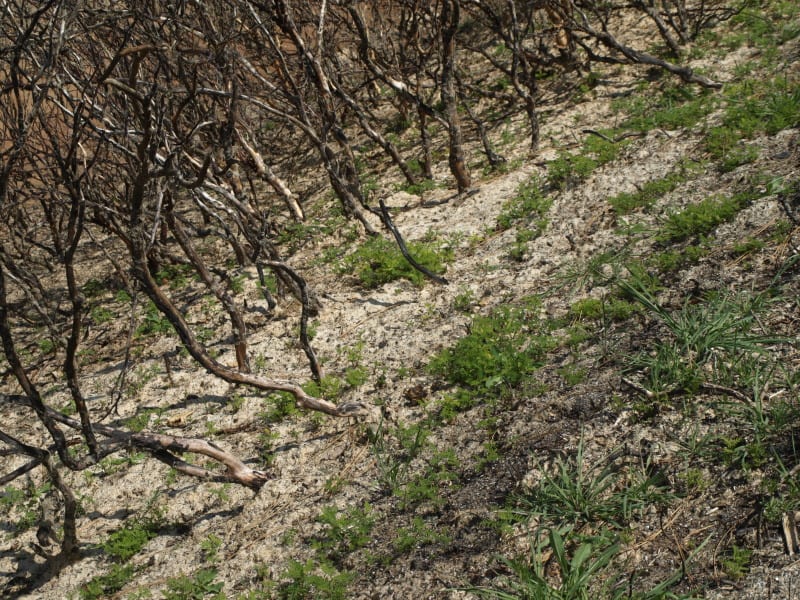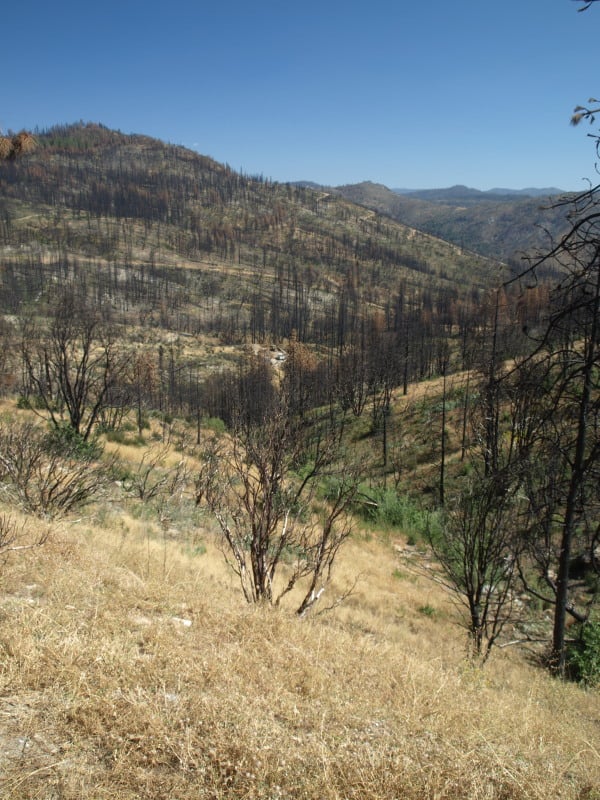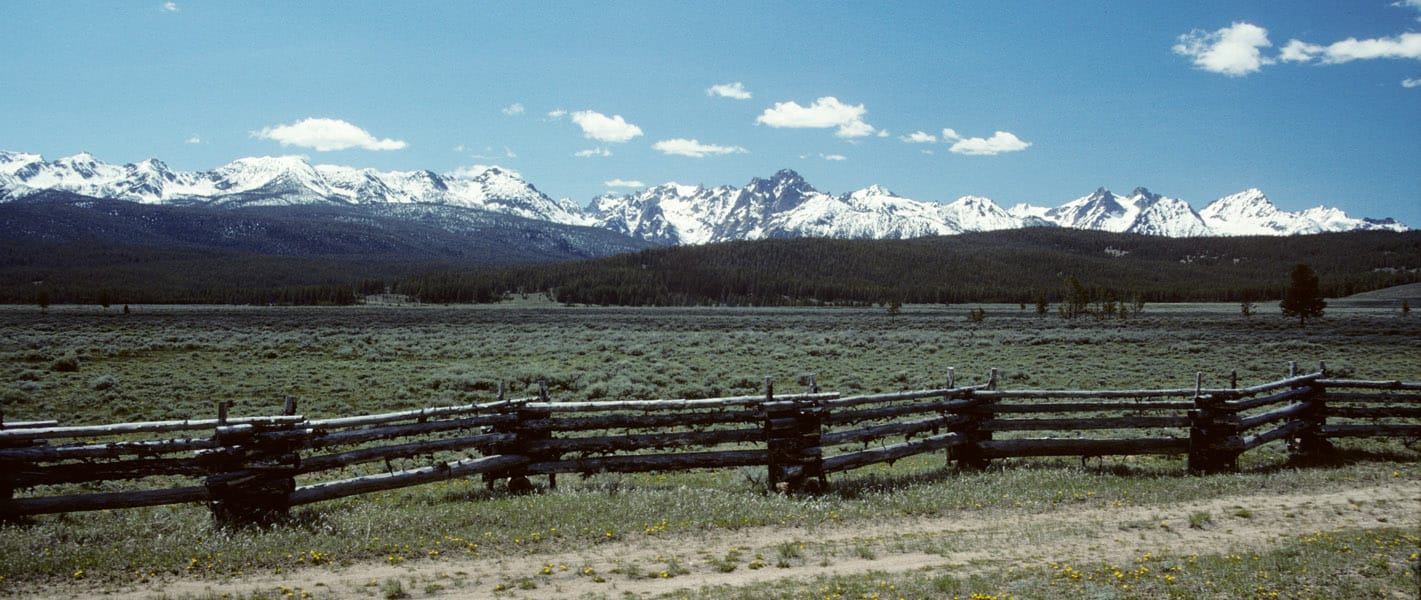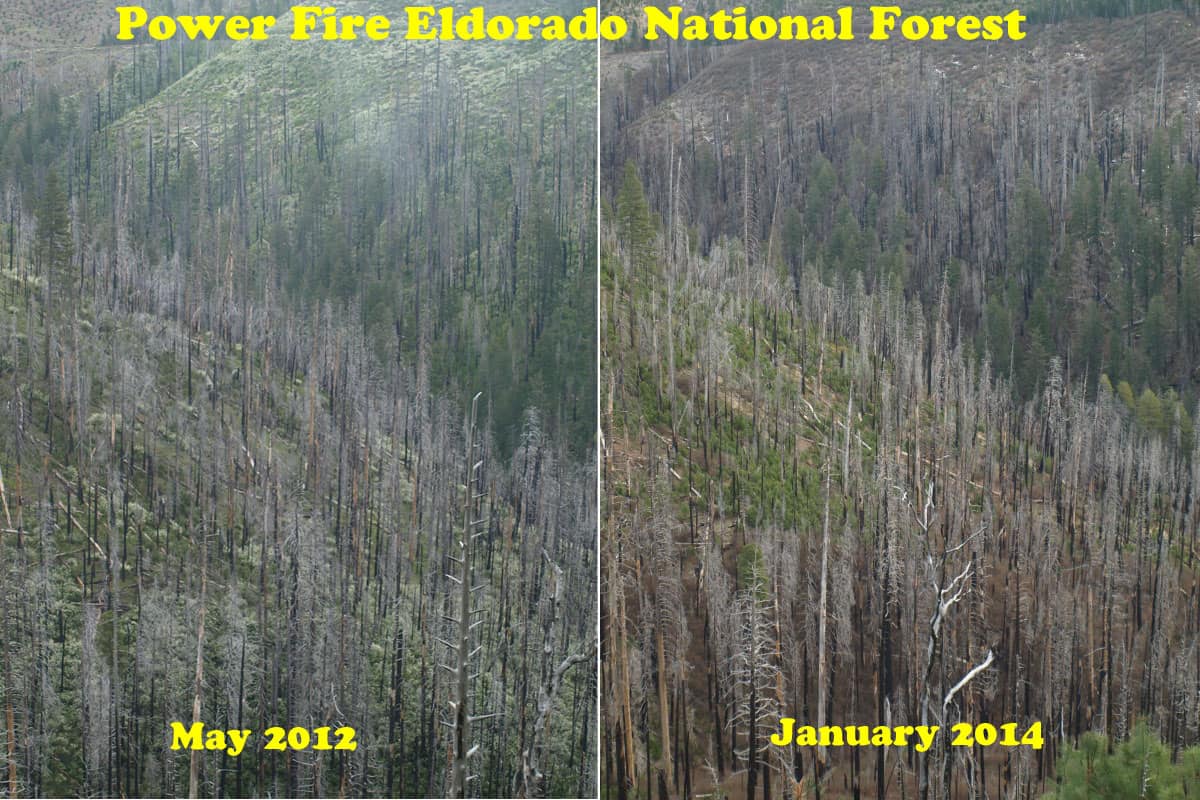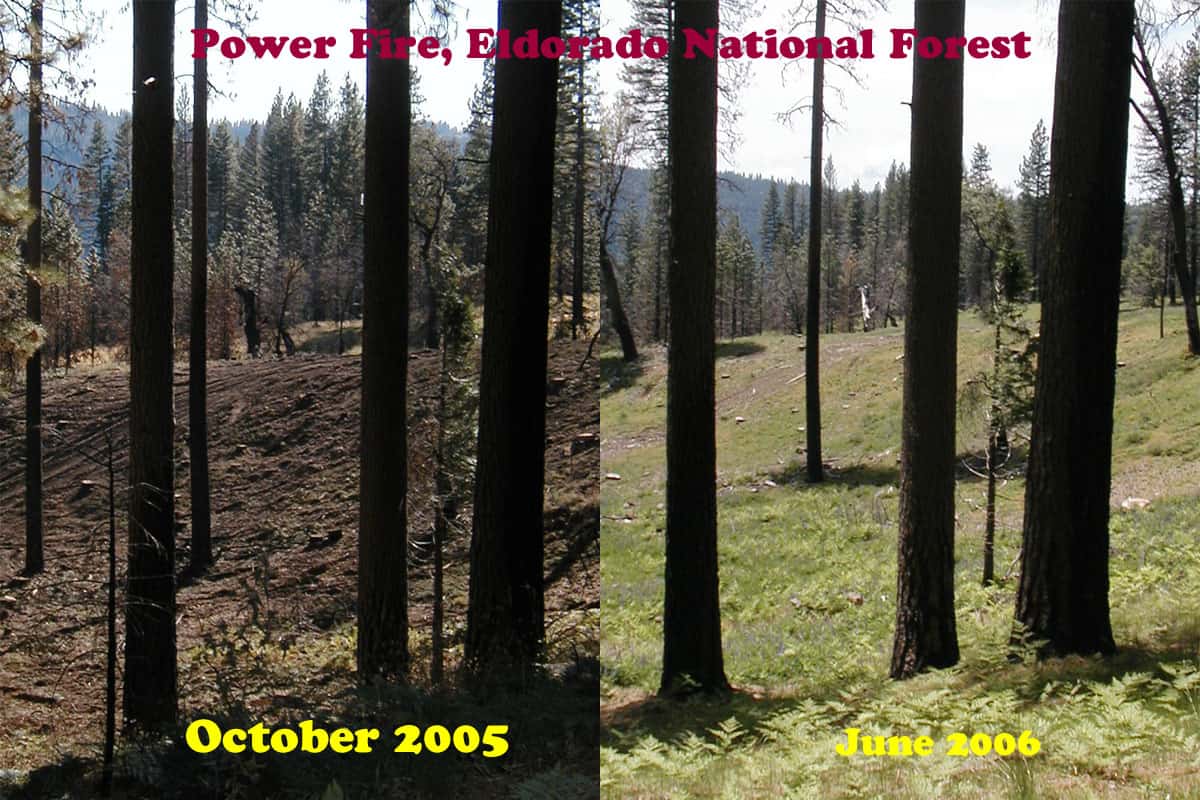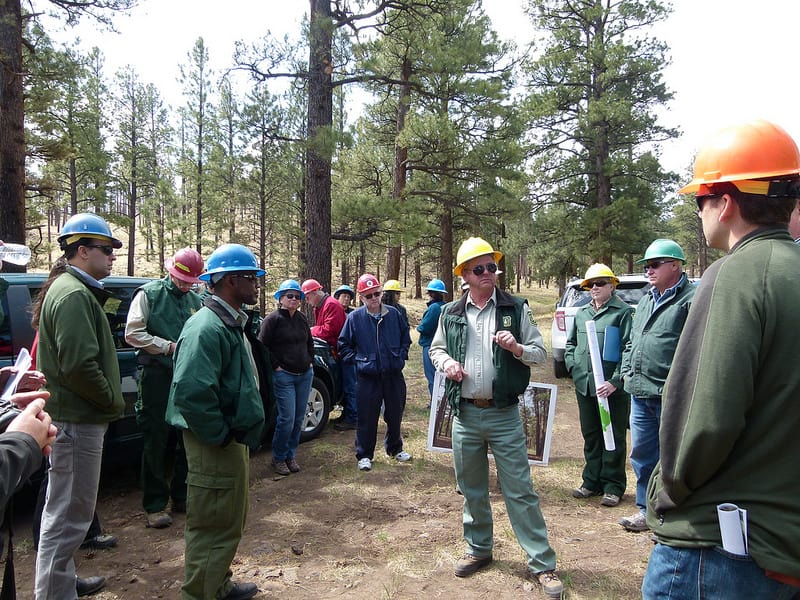Here is the letter sent to all FS employees:
Subject: Time for a Change
Hello my forest service coworkers. Please give me five minutes of your day. I know that this email is going to make me an unpopular employee by speaking out. My apologies to my forest supervisor for the phone calls you will most assuredly receive. My intent is not to embarrass you or infuriate you.
My name is Scott Mayner. I have been an employee of the USFS for 20 years. I have been a forestry technician my entire career and I have been heavily involved in timber and fire for two decades.
Recently I applied for a job as a supervisory fire engine operator. It was advertised as a primary fire position. That designation comes with an age restriction requiring the applicant to be no more than 36 years old unless sufficient time has been served in a primary or secondary fire position which can be subtracted from your current age to qualify you as less than 37.
This clause apparently has no provision for time dedicated to fire training, fire details, or prescribed fire or wildfire suppression work on your own unit/forest.
Despite the fact that I have served for many cumulative years in fire related duties and am highly qualified for many positions in our ICS system, I was deemed too old to qualify. I am 38 years old and only a short 14 months ago, I would have been considered for this position. My time working in fire related duties isn’t being considered at all. My years of training, years of service, and level of qualifications mean nothing.
It actually has little to do with a person’s age however. If I was 45 and had been a fire tech for 10 years, I could qualify. It is all because of the firefighter retirement system.
This system is completely screwed up however. A forestry technician who is arduous fire fighter qualified, assists with every prescribed burn, every wildfire, attends numerous trainings, attains numerous qualifications, and travels on details will never be considered for fire fighter retirement benefits. The fire tech from the same district who does no more fire related work than the forestry tech gets a 20 year retirement with additional financial benefits!
I feel this is wrong. Any employee who dedicates 20 years assisting this nation with fire suppression should be given consideration for fire fighter retirement, regardless of whether they are a forestry tech, recreation tech, wildlife tech, or professional series.
Some of you are reading this and saying, oh this is just “sour grapes” and that is fine if you believe that. But any system we have that discounts experience and discriminates based on age, regardless of the reason, is a system that has no place in our agency.
I may not be the most qualified person for the job, and if I am not then so be it, I can accept being beaten by a higher qualified person, that is the nature of competitive placement and the nature of life. What I cannot accept is not being considered because our agency will not allow anyone over 36 to apply for a job who isn’t already in a fire position. Regardless of the reasoning, it is wrong.
I know you fire fighter retirement designers and personnel managers will be saying that I don’t understand the intent of the 20 year retirement, mandatory retirement age, etc. Well I do, and I believe it to be a system that is heavily flawed. It favors younger, less experienced employees over those who have dedicated many more years and have much more experience. We are doing away with experience on the fireline and discriminating against the older employees with such requirements. The Forest Service should be ashamed of themselves.
I understand the taboo of sending a message All FS. Yet I have hit block after block by people above me who don’t care, aren’t interested, or have a fear of breaking a rule. I have said nothing in this message that is offensive, rude, or out of line. I am merely speaking about part of our agency that I feel is wrong. I expect that I am not the only victim of this discriminatory practice and I feel that this agency needs to change the rules regarding fire fighter positions and fire fighter retirement. I have heard the lousy excuse “rules are rules” way more than I can stand. The rules are stupid, discriminatory, disregard experience, and need to be immediately changed. Rangers, Forest Supervisors, Regional Foresters, Chief….this is wrong, let’s fix it.
Thank you,
Scott Mayner
USDA Forest Service
My take:This would be a good example of somethings that either 1) has good reasons for existing, not yet explained clearly or 2) no one feels that they can change it (do not know how fixing it could be done) Just a clear explanation of why this is the way it is would be helpful. With any decision, especially personnel, some win and some lose.
Here is my take on the way this works:
I think being clear about what you are doing and why makes some people unhappy with the choice. These are real people who can and do fight back in various direct and indirect ways.
Being unclear makes everyone unhappy and powerless because it looks bad and there is no apparent reason and no perceived way to fix- plus no one cares enough to give you a reason. Yet, no one decision maker can be accountable.. it happens in the HR ether somewhere.
And from the ether, sometimes you get a pellet and sometimes you get a shock.
